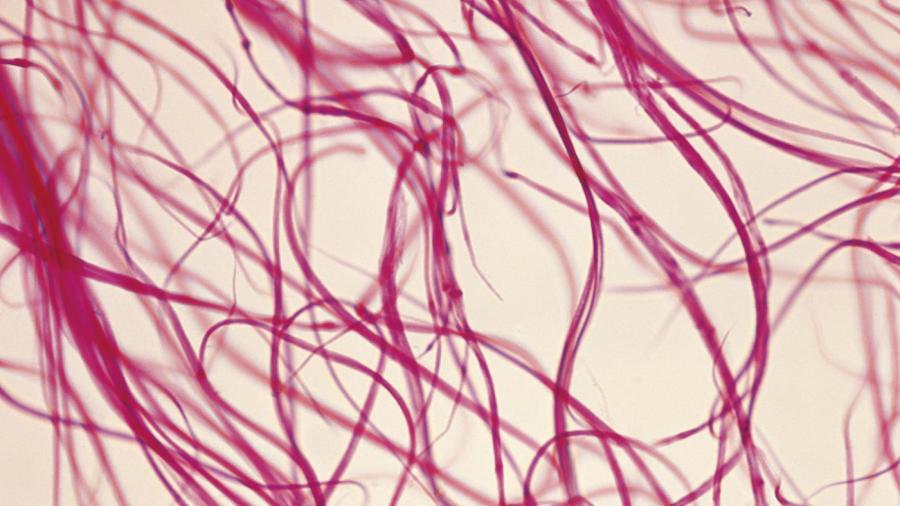How Does the Structure of a Muscle Cell Type Relate to Its Function?

According to About.com Biology section, there are three different types of muscle cells, and each has a different structure related to its function. Cardiac muscles are designed to contract together; skeletal-muscle cells have ordered striations so that they can contract farther than other muscle cells to move the body; and, visceral-muscle cells are designed to contract slower and remain contracted for long periods of time.
Cardiac-muscle cells have striations, or stripes, because they are composed of two different types of fibers in bands, and they are closely interconnected with structures called intercalated discs. This interconnection allows the cardiac-muscle cells to contract easily, in unison; that ability keeps the heartbeat synchronized.
Skeletal muscles are also striated with long lines composed of thick and thin fibers. When skeletal muscle contracts, the two types of fibers slide past each other to significantly shorten the muscle. This allows for both the large movements of body parts and the tight control of small muscles, such as those around the eyes or in the fingers.
Visceral muscles work to cause involuntary muscle action in the digestive system, arteries, bladder and female reproductive system, according to About.com. They are also called smooth muscles because they are not striated like the cardiac and skeletal muscles are. Although the visceral muscles contain both thick and thin fibers, the fibers are not arranged in a clear pattern. They are also much smaller than skeletal muscle cells. When the cells contract, they contract a shorter distance but in every direction due to their disorganization. This allows for the steady contractions that are necessary to keep involuntary systems working smoothly.





